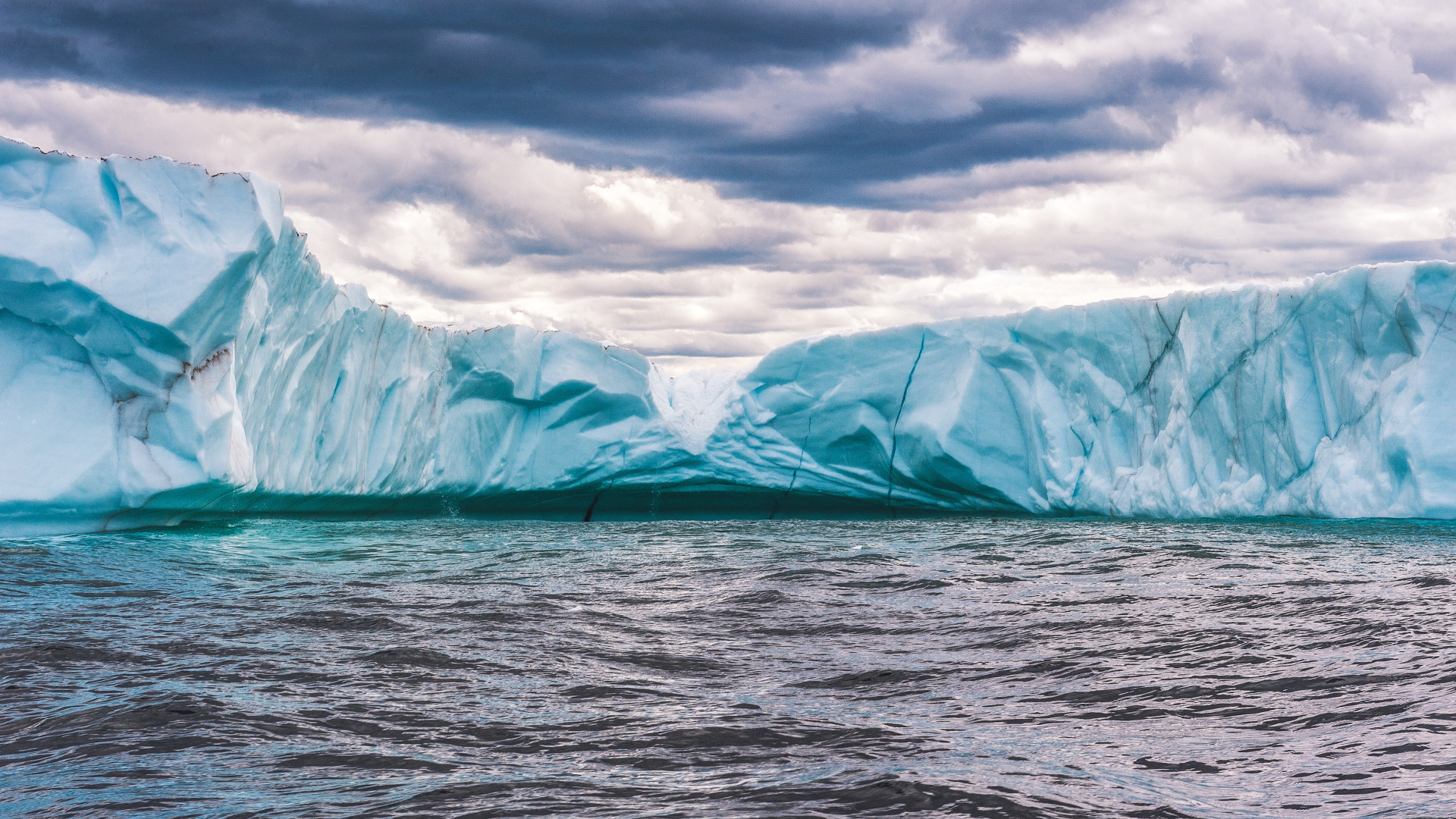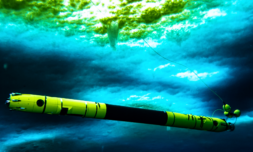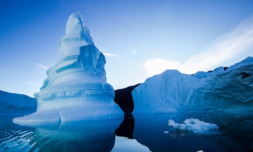Polar scientists are scrambling for answers after recent examinations showed record lows in Antarctic sea ice. The diminishing continent could drive sea levels up drastically if current erosion rates continue.
We’re breaking records year on year, but no one is celebrating.
For nearly 45 years, satellites have helped scientists keep track of how much ocean ice is floating around Antarctica’s 18,000km coastline.
Within these observations, it’s normal to see drastic fluctuations throughout the year. Levels typically peak at 18m square kilometres each September before dramatically declining to around 2m square kilometres in February.
Since satellite data began, however, never has there been less sea ice recorded in the region than last week. Unfortunately, we’re looking at yet another unwanted record since the last was broken just 12 months ago.
Since February 2022, we’ve gone from 1.92m square kilometres to an unprecedented 1.79 square kilometres – the loss of an area roughly double the size of Tasmania. Given this is the third record break in six years, polar scientists are scrambling to try and stop the rot.
‘By the end of January we could tell it was only a matter of time [before another record low]. It wasn’t even a close run thing,’ says Dr Will Hobbs, an Antarctic sea ice expert at the University of Tasmania. ‘We are seeing less ice everywhere… it’s a circumpolar event.’
Two vital arteries in the heart of west Antarctica are causing the most concern where sea level rise is concerned. The first is Greenland, which is reportedly losing 250bn metric tons of ice per year, closely followed by the Thwaites ice shelf – dubbed the ‘Doomsday Glacier’ for its potential to bring levels 2 feet higher should it perish.




















